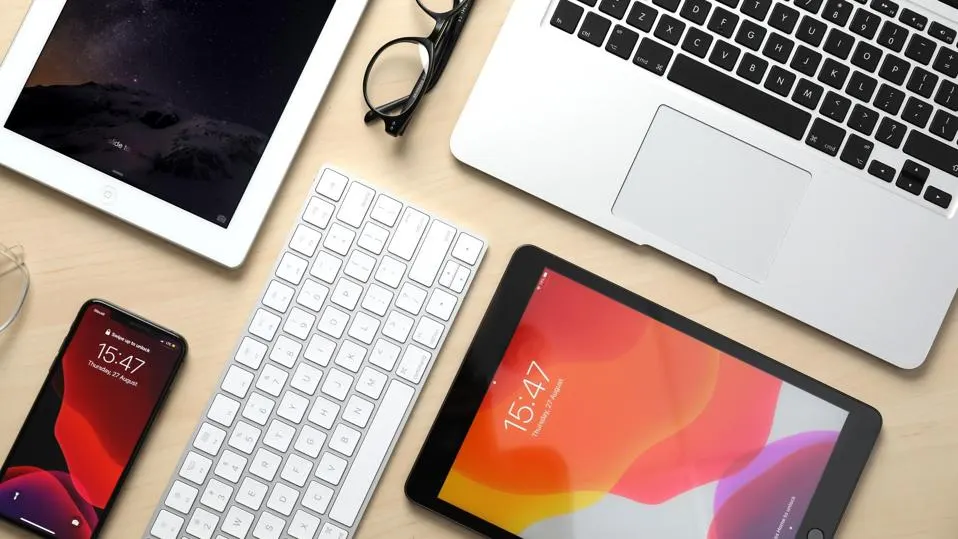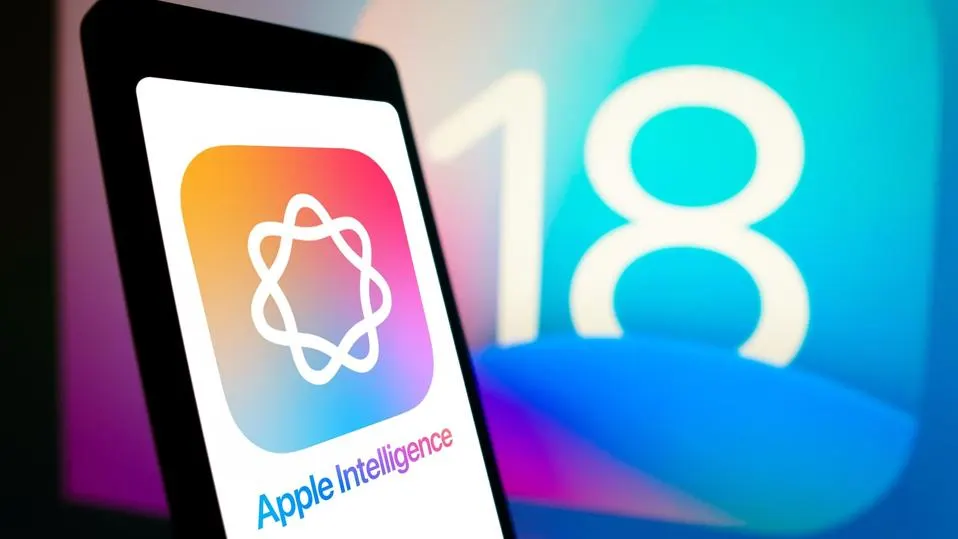The New Frontier In Workplace Safety: Data Analytics And AI
3 January 2024
Almost all employers want to ensure their workplaces are safe zones that are free from accidents. But despite this, work-related incidents and health concerns persist. The UK Health and Safety Executive disclosed that 565,000 workers suffered from work-related injuries during the fiscal year 2021-2022. The economic burden of injuries and illnesses due to work conditions exceeded a whopping £18 billion. Clearly, a proactive change is necessary.

Data and artificial intelligence (AI) are driving progress in virtually every part of HR and people management, and these technologies present remarkable opportunities for improving safety conditions, too. Companies can improve hazard detection, lower risk, and create safer overall working conditions.
The Internet of Things: A Revolution In Workplace Safety
The rapid evolution of technology has brought us to the brink of a new era in workplace safety, spearheaded by the Internet of Things (IoT). This transformative technology isn't just altering how we work; it's reshaping the very fabric of workplace safety. Through innovative applications and intelligent monitoring, IoT is setting new standards in safety protocols and behavior modification. It's a shift from reactive measures to proactive strategies, leveraging data and smart devices to cultivate a culture of safety that permeates every level of the workplace. Let's dive deeper into how the IoT is not just changing but revolutionizing employee behavior towards safety.
How the IoT Shapes Employee Behavior
The Internet of Things (IoT), with its suite of smart devices, wearables, and sensors, has revolutionized employee safety.
Many employees find it challenging to influence employee behavior to comply with safety policies. IoT devices aid in monitoring safety-related behavior, particularly in sectors employing contract or temporary workers like construction. These devices offer real-time data on workplace safety and employee activities. They validate compliance with safety rules and provide insights for safety program improvement.
IoT devices even offer real-time data transmission, so managers are instantly informed about unsafe practices and can act quickly to remedy situations. For instance, video analytics can spot an employee who isn't wearing proper safety gear and can alert the supervisor.
Real-time analysis has the potential to significantly reduce workplace accidents. For example, researchers at Carnegie Mellon University are developing safety models that accurately predict the occurrence and location of safety incidents.
Using Wearables to Improve Safety Awareness
Many industries now use wearables like sensors, tracking bands, and smart helmets. The advent of the "connected worker" is enhancing safety awareness among employees and supervisors.
Wearables can alert when an individual is nearing physical exhaustion or if they're not using critical safety equipment — and with that real-time data, AI can provide personalized advice and recommend specific actions to individuals.
Sensor technology also enables environmental monitoring. Sensors can collect data on variables like temperature, noise levels, and toxic gases. Robots that "smell" can detect chemical signatures like blood or alcohol in the air. Blanca Lorena Villarreal, a researcher from the Tecnológico de Monterrey in Mexico, developed an "electronic nose" that can be integrated into robotic devices.
Using Data and AI to Make Driving Safer
Driving is one of the most hazardous tasks humans do — and that includes commuting, client visits, or operating machinery at work. Driver fatigue significantly contributes to accidents, and that’s a major concern for transportation companies. Any operator of a vehicle, including heavy machinery, is potentially at risk for accidents.
Caterpillar and Australian firm Seeing Machines introduced a system to identify driver fatigue using eye and facial tracking. With this system, cameras, GPS, and accelerometers monitor eye and eyelid activity, even when drivers are wearing sunglasses. Sensors even monitor head positioning to identify times when fatigue has set in.
An alarm inside the truck is triggered if a driver's eyes stay shut for more than 1.6 seconds. A second alarm contacts a supervisor, and a third typically results in the driver being relieved of duty. The system, which can also detect when a driver is distracted, has reduced fatigue-related incidents by up to 90%.
Improving Industrial And Manufacturing Worker Safety With Data-Driven Insights
The idea of a connected worker might soon become the norm in industrial and manufacturing contexts. Companies like Honeywell are introducing wearable technologies that can enhance worker safety by collecting data on heart rate, breathing, movement, and posture. Managers can compile this data into a dashboard and get a real-time snapshot of how workers are doing.
Sensors can also evaluate machine compliance, detect safety anomalies, identify causes of machine stoppages, and more. With this technology, companies can understand real-time conditions on the shop floor, evaluate safety hazards, identify machine misuse, and minimize safety-related stoppages.
Revolutionizing Construction Safety With Wearable Tech And Immersive Experiences
Despite stringent safety protocols, construction sites are inherently hazardous workplaces. Each site is unique, continuously changing, and filled with risks and hazards that can be challenging to identify. Wearable devices, including "smart" hardhats with fatigue-detecting sensors, offer solutions to monitor workers' conditions and create safer environments.
The EcoSpot mortar board system, which reduces the amount of time workers spend with their backs bent more than 20 degrees, decreases lower back strain in bricklayers by 85% and increases productivity by 17%.
Emerging technologies like virtual reality (VR) and augmented reality (AR) are valuable tools for enhancing safety on construction sites. With immersive VR training, professionals can visualize conditions and identify potential hazards before construction starts, which is more effective than relying on conventional 2D drawings.
During construction, AR can act as a safety visualization tool. With AR glasses, workers remain aware of their surroundings while receiving additional data overlaid onto their field of view. This can help employees identify hidden features or understand hazard warnings more effectively.
Harnessing AI-Enabled Innovations In Workplace Safety
Technologies like IoT devices and immersive training can help protect employees and contribute to a healthier work environment.
Together, these cutting-edge tools are creating safer, healthier work environments, reducing accident rates, and even saving lives. Their benefits go beyond safety, though. The data generated by these technologies offers invaluable insights so business leaders can improve operational efficiency and productivity.
Related Articles
Will AI Solve The World’s Inequality Problem – Or Make It Worse?
We are standing on the cusp of a new technological revolution. AI is increasingly permeating every aspect of our lives, with intelligent machines transforming the way we live and work.[...]
How You Become Irreplaceable In The Age Of AI
In a world where artificial intelligence is rapidly advancing, many of us are left wondering: Will AI take our jobs?[...]
Why Apple Intelligence Sets A New Gold Standard For AI Privacy
In the rapidly evolving world of artificial intelligence, privacy concerns have become a hot-button issue.[...]
Can Your Device Run Apple Intelligence? What You Need To Know
Apple's announcement of Apple Intelligence has sent waves of excitement through the tech world.[...]
10 Amazing Things You Can Do With Apple Intelligence On Your IPhone
Apple Intelligence is poised to revolutionize the iPhone experience, offering a suite of AI-powered tools that promise to make your digital life easier, more productive, and more creative.[...]
Agentic AI: The Next Big Breakthrough That’s Transforming Business And Technology
The world of artificial intelligence is evolving at a breakneck pace, and just when you thought you'd wrapped your head around generative AI, along comes another game-changing concept: agentic AI.[...]
Sign up to Stay in Touch!
Bernard Marr is a world-renowned futurist, influencer and thought leader in the fields of business and technology, with a passion for using technology for the good of humanity.
He is a best-selling author of over 20 books, writes a regular column for Forbes and advises and coaches many of the world’s best-known organisations.
He has a combined following of 4 million people across his social media channels and newsletters and was ranked by LinkedIn as one of the top 5 business influencers in the world.
Bernard’s latest book is ‘Generative AI in Practice’.










Social Media